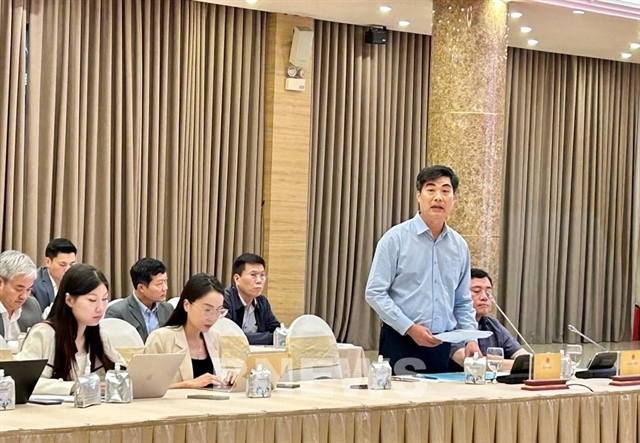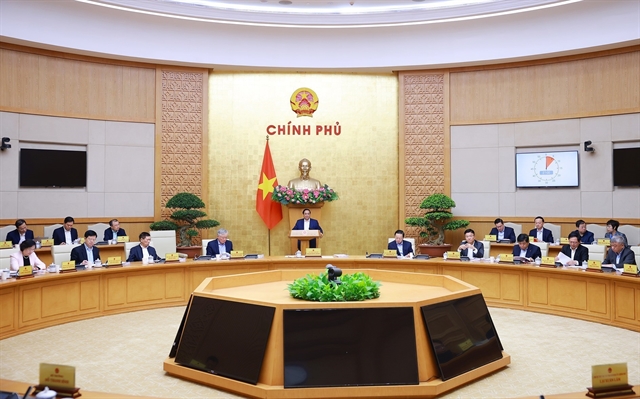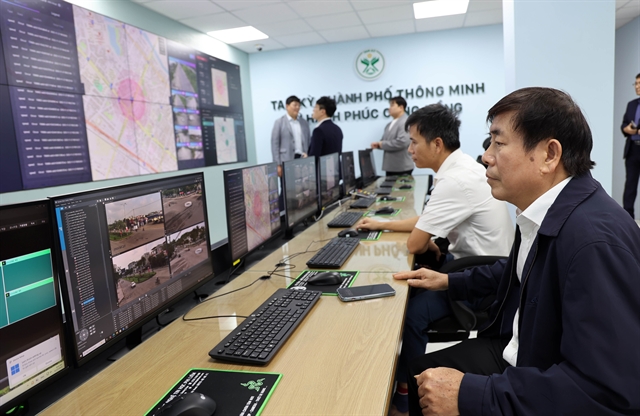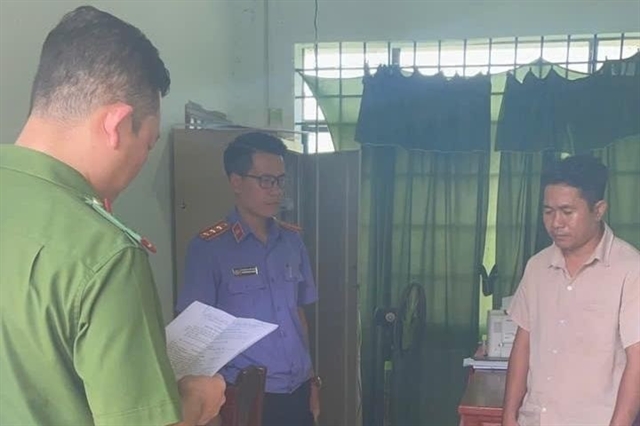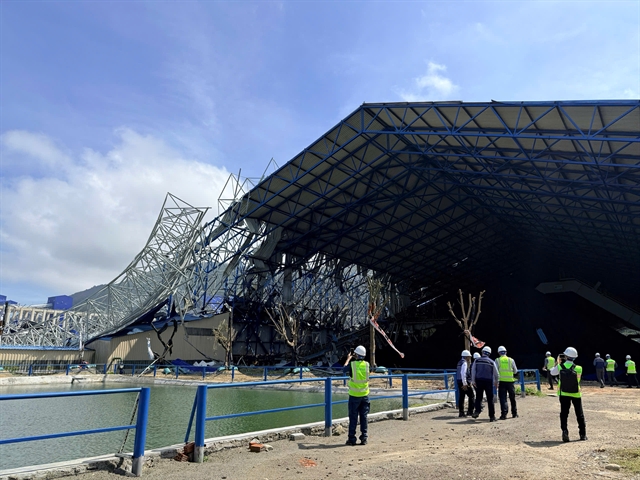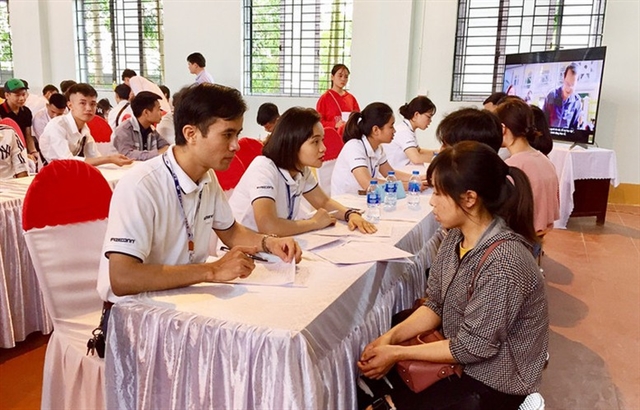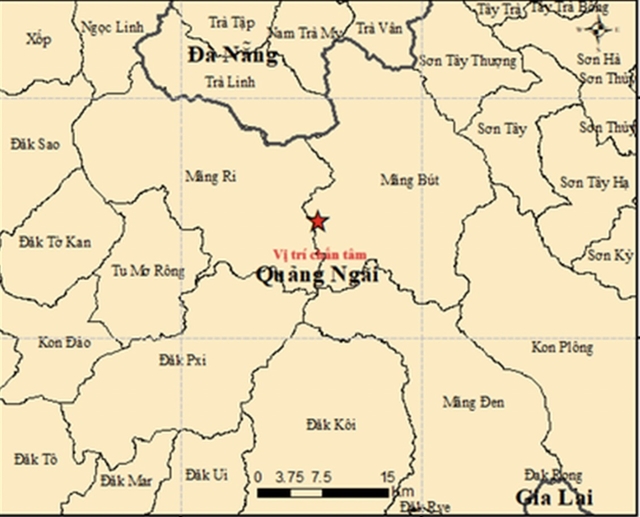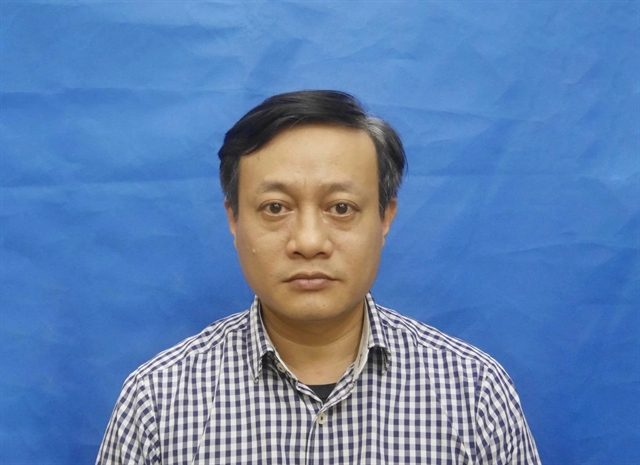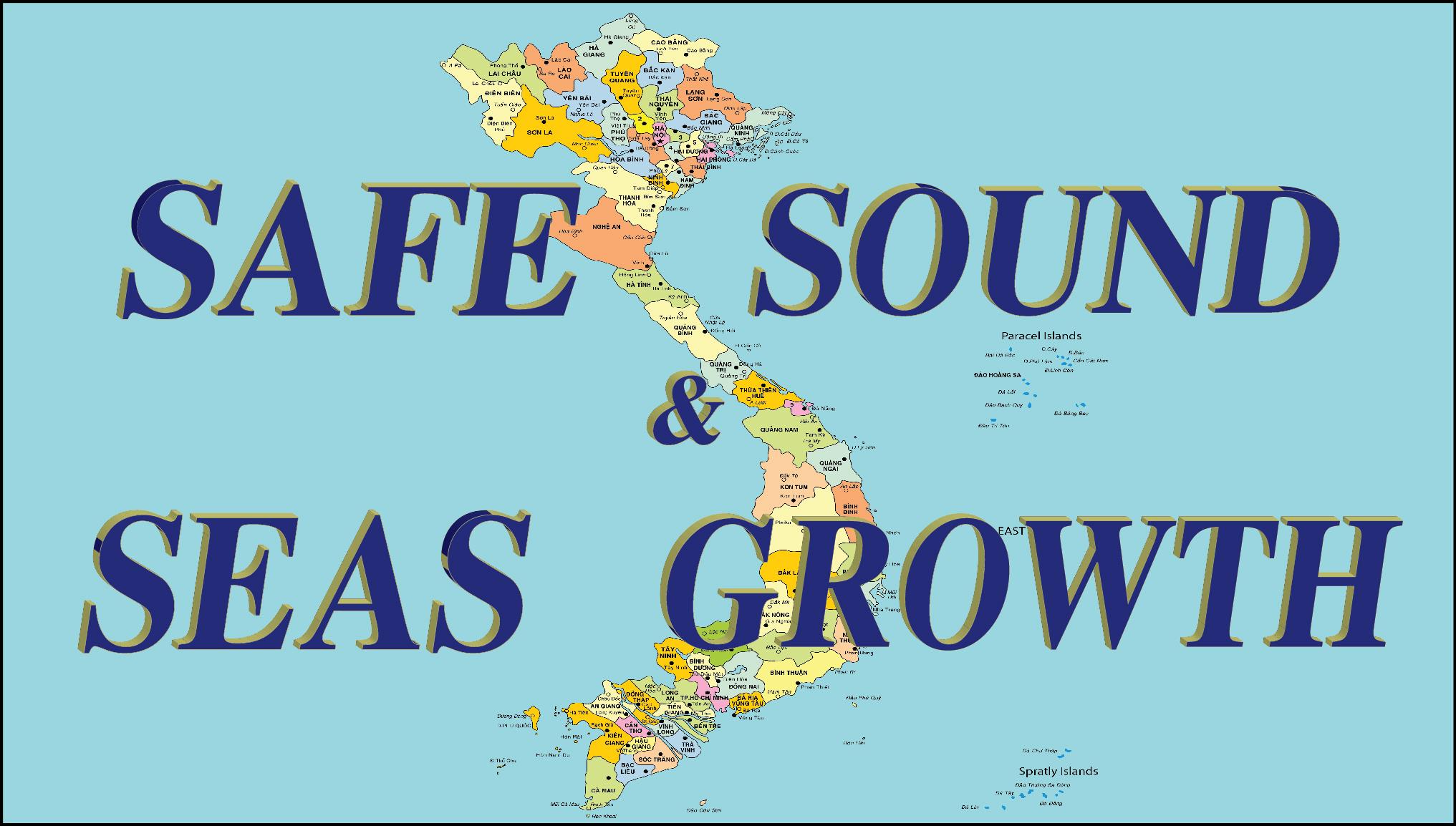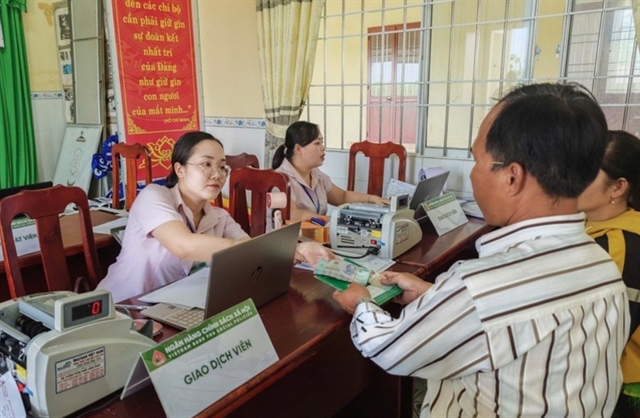
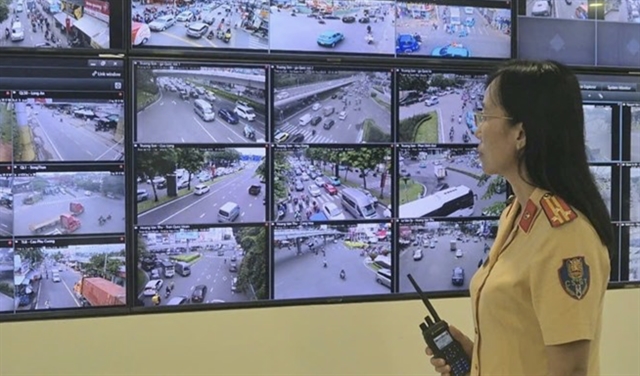 |
| From September 1 to October 3, the automatic AI camera system in Ho Chi Minh City detected 3,143 violations. Photo: laodong.vn |
HCM CITY — Artificial intelligence (AI) surveillance cameras in HCM City detected more than 3,100 traffic violations between September 1 and October 3, according to the municipal traffic police.
The system, managed by the Road and Railway Traffic Police Division (PC08), has been installed on hundreds of key roads, intersections and areas with complex traffic situations. Authorities said the network would continue to expand in the coming months.
The cameras automatically detect offences such as running red lights, speeding, driving in the wrong lane, using mobile phones while driving and failing to wear seat belts. The images and data are transmitted to the command centre, where officers verify the information before issuing fines.
Officials said this process helps shorten handling time, reduces subjectivity and increases transparency in law enforcement. Motorists can pay fines at the State Treasury or via electronic payment platforms.
Initial assessments show that the presence of AI cameras has improved compliance, with violations such as red-light running, lane encroachment and phone use while driving decreasing significantly in monitored areas.
Currently, HCM City operates 530 surveillance cameras in the central area, nine automated speed cameras, 31 AI-enabled cameras at intersections and 47 cameras funded by the Ministry of Public Security. PC08 also makes use of 710 cameras from the city police command centre for traffic management.
The division is also working with technology firms such as VNPT, MobiFone and Viettel to develop AI software that can analyse footage from conventional cameras. This would allow automatic detection of violations from existing camera systems, reducing manual work and further enhancing efficiency and transparency in traffic enforcement.
The application of AI in traffic monitoring, police said, represents a major step forward in modernising traffic management and reflects the city’s commitment to building a safer and more sustainable urban environment. — VNS
